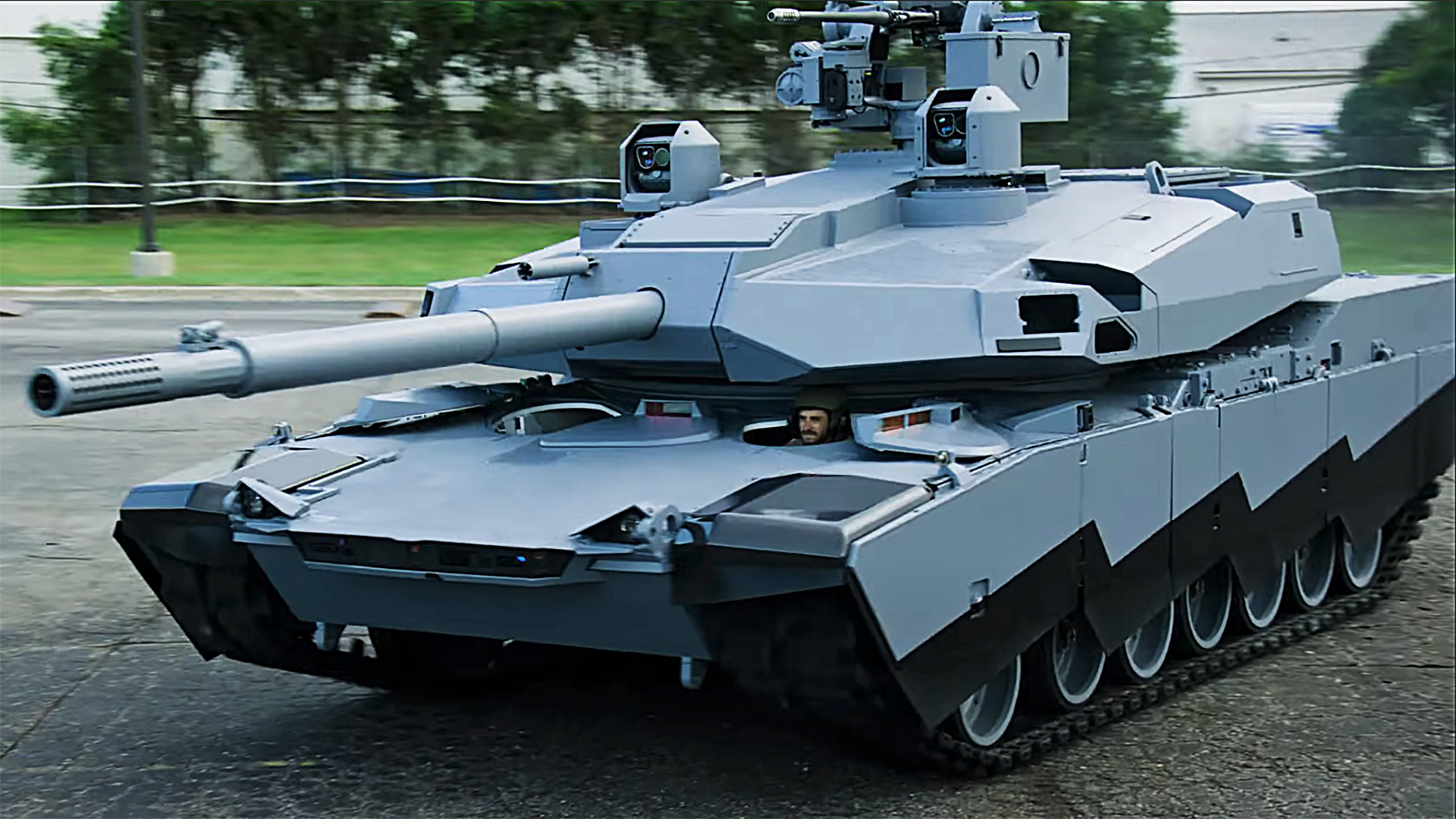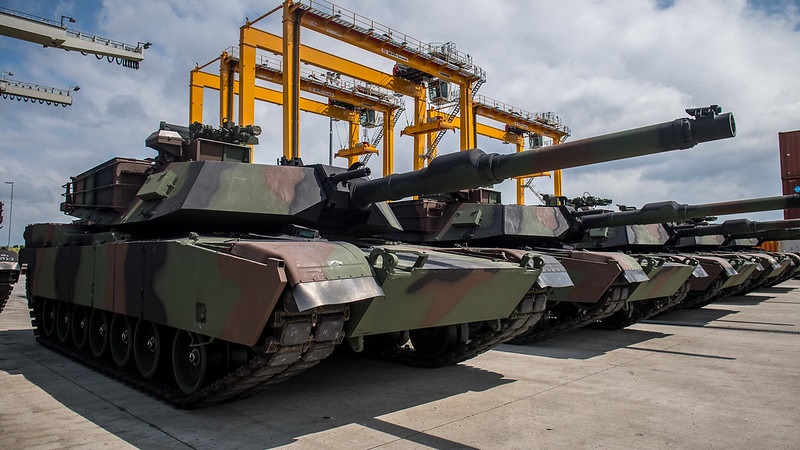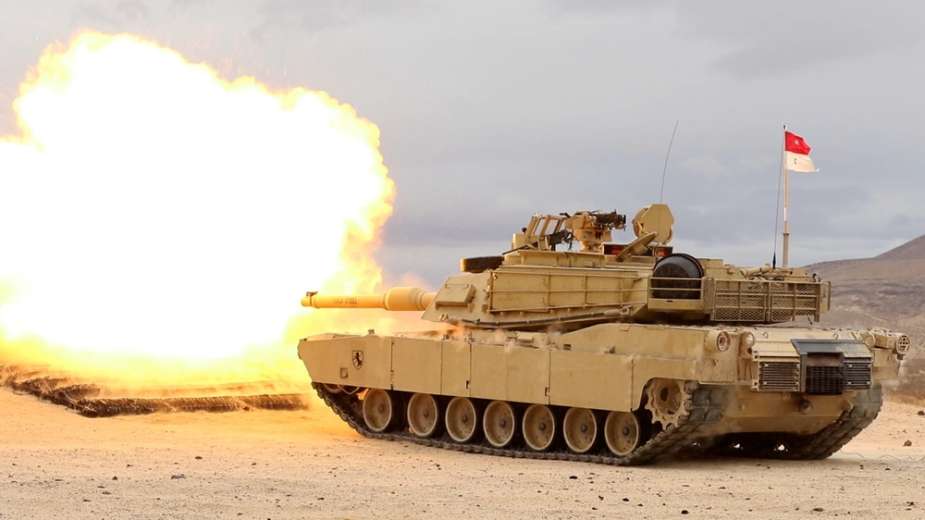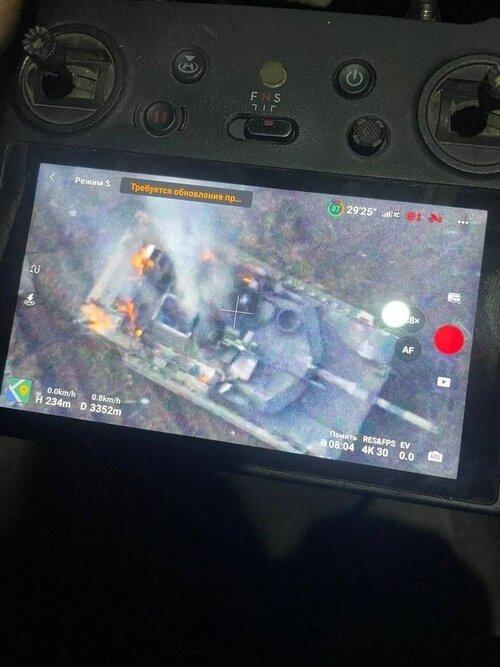I'm thinking how can a hybrid powerplant be adapted to a tank? It's not a car. Car in the city yes - acceleration / braking, acceleration /braking. Braking by recuperation charges the battery. But the tanks have a different mode of movement. The tank usually either stands still or moves slowly. And as soon as he removed his foot from the accelerator pedal, tank immediately stopped under itself weight. It is almost not necessary to turn on the brake. So the battery will not be charged. It is easier to make an energy accumulator from a cannon. So that the battery is charged with the energy of each shot.
There is no regenerative braking, just a diesel engine operating at a steady speed as a dynamo for recharging. The “Thunderbolt” demonstrator already broke this ground with an M8 chassis IIRC. I’m not an engineer so I can’t speak to how viable the idea is for a 50 ton vehicle, but it seems likely it’s possible, if not cost effective. I believe the M-1X does use that arrangement though I’m not near my PC right now. There certainly are diesels locomotives set up this way, albeit I don’t think they use battery storage and simply directly apply electricity generated by the diesels to electrical motors.





